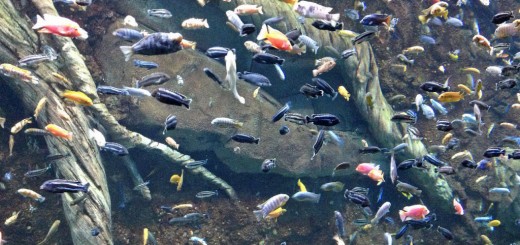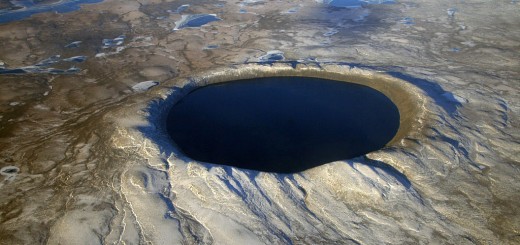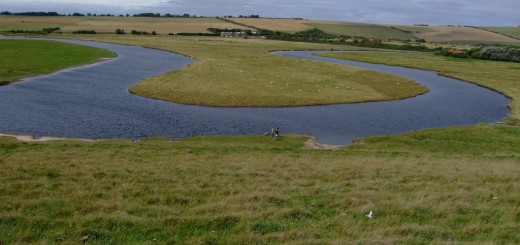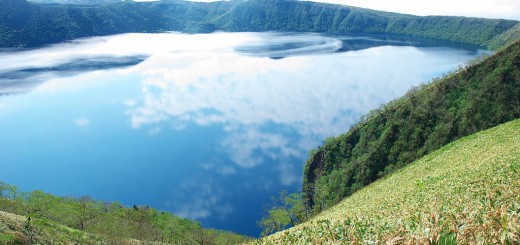Lake Tana Headwaters Feed Blue Nile River
0Water for Africa’s Blue Nile River starts in Lake Tana, the largest lake in Ethiopia, sitting at 1,418 square miles. From there, it drains south. At its end, it joins with the White Nile to create the Nile River, a valuable water resource that has been the source of conflict for centuries.
The Nile River is not as full as it once was, and neither is Lake Tana, whose water levels are controlled by a dam and hydro-power station. But its water still supports diverse populations of wildlife.

Lake Tana, March 2006. (Credit: Wikimedia Commons User Andro96)
Seventy percent of the lake’s fish populations are endemic to it, including cyprinids and African stone loach. Lake Tana also supports a subspecies of the Nile tilapia. Together, these fish spur a thriving fish industry that harvests close to 1,500 tons of fish each year.
Few invertebrates live in Lake Tana. There are few mollusk species that inhabit it, as well as a type of freshwater sponge. Many wetland birds, like pelicans and the African darter, use the lake as a resting and feeding ground.

African darter. (Credit: Hans Hillewaert via Wikimedia Commons)
Though it is small when compared to the larger lakes of Africa, Lake Tana is an important resource to Ethiopia and nations along the Nile. The freshwater lake was formed after a volcanic eruption blocked and reversed its historical drainage route.













